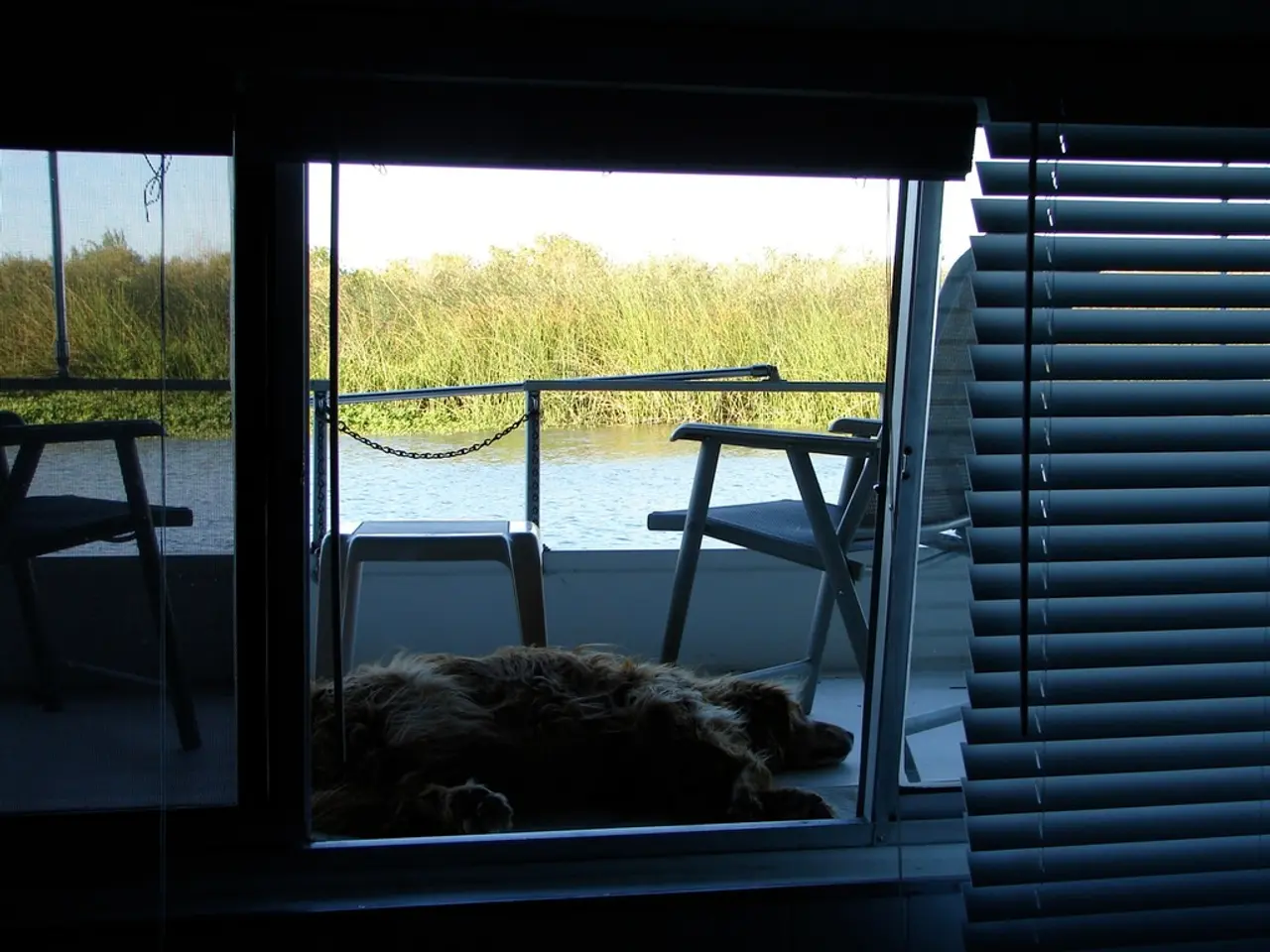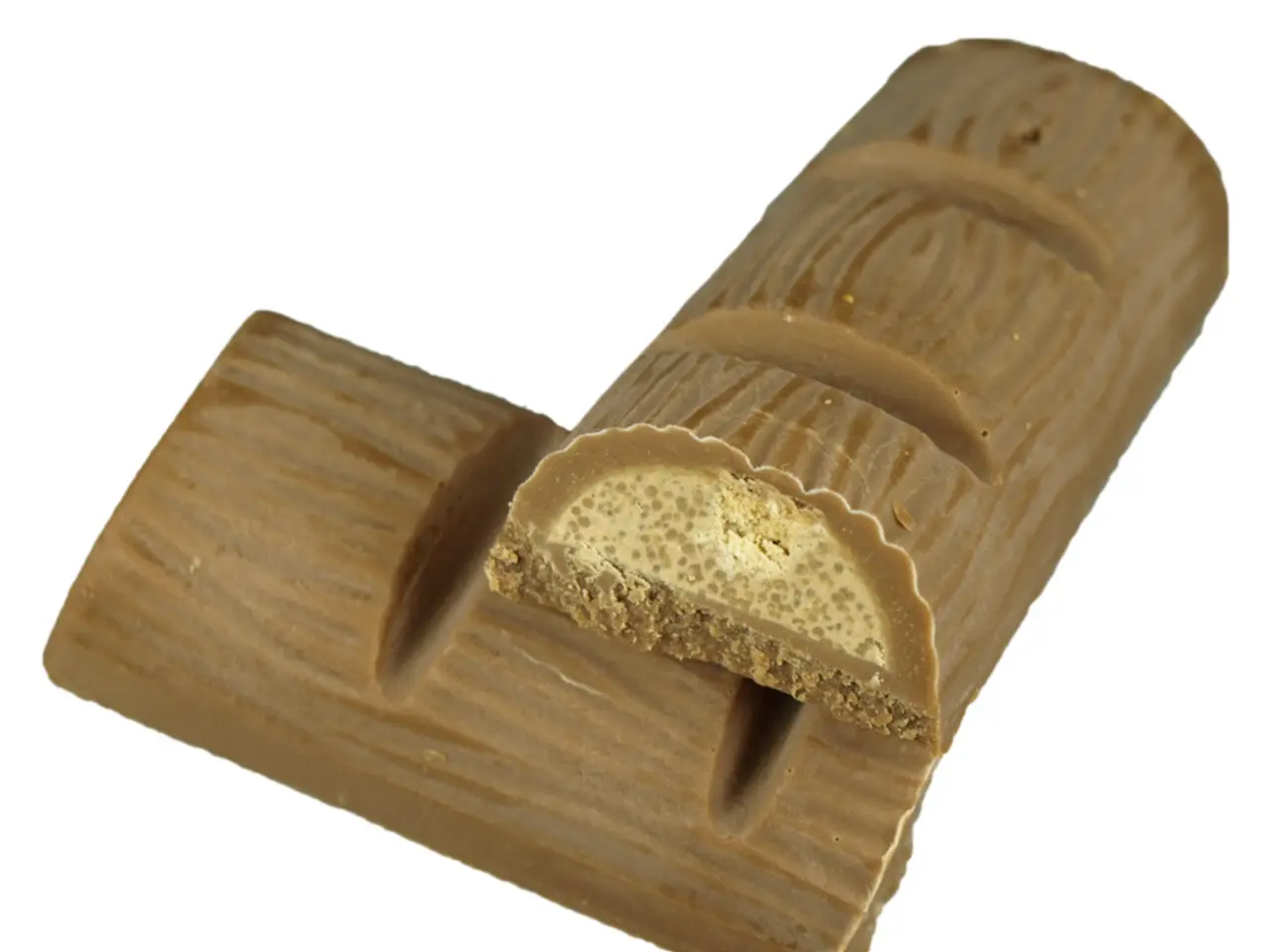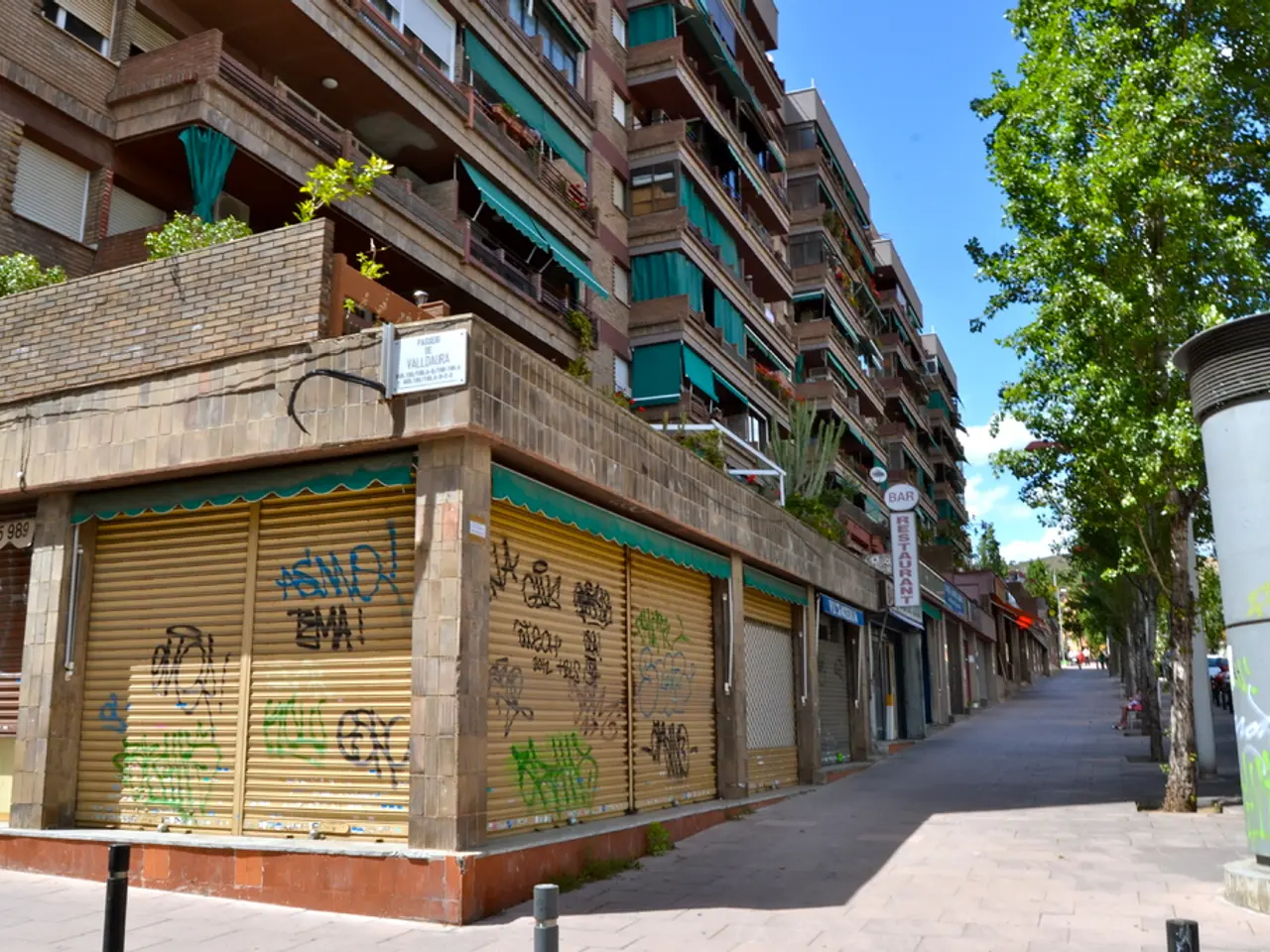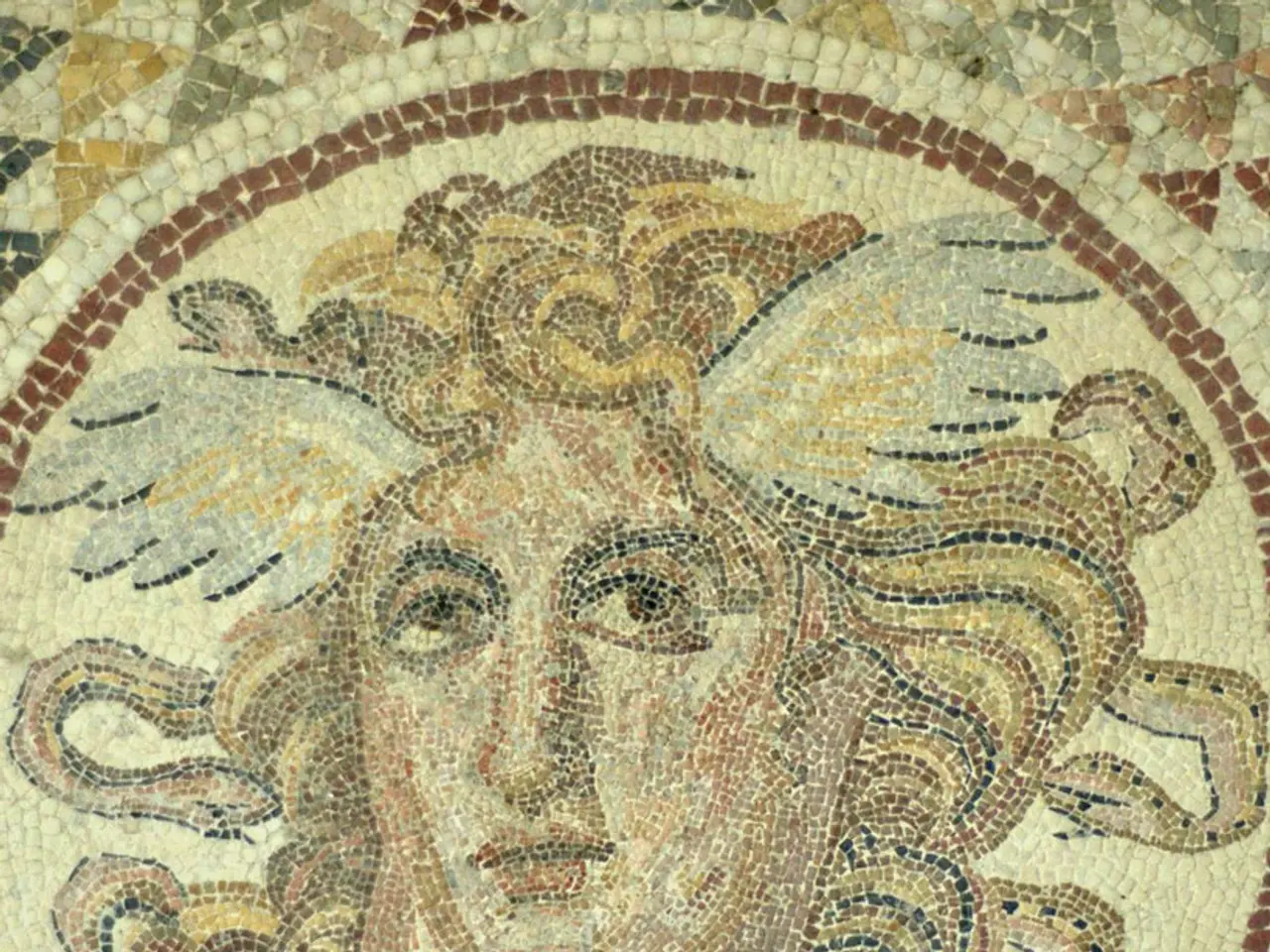Creating Secure Nature Havens for Pets: Guiding Design Principles for Petsafe Gardens
In a bid to keep pets entertained and safe, it's essential to introduce toys and play equipment suitable for their needs. However, the garden itself can also be transformed into a pet-friendly haven, offering a secure, enjoyable, and hazard-free environment for our furry friends.
Firstly, securing the garden with pet-proof fencing is crucial to prevent escapes or unwanted visitors. This barrier should be strong enough to keep pets in and potential dangers out.
Next, eliminating or securing poisonous substances like fertilizers, pesticides, and chemicals from the yard is vital. Cocoa mulch, which contains theobromine, toxic to dogs, should be steered clear of. Instead, opt for pet-friendly materials like smooth stone or mulch for pathways and surfaces to prevent injuries to pets' paws.
Providing shaded areas and a sheltered space for pets to escape from the sun and weather is another important consideration. Fencing off garden areas can prevent pets from digging them up or eating plants. However, it's essential to select non-toxic plants for the garden, with safe choices including marigolds, sunflowers, snapdragons, certain types of ferns, and various herbs.
Common non-toxic plants that are safe for pets and suitable for a pet-friendly garden include Zinnias, Roses (without chemicals), Basil, Camellias, Spider Plants, Canna lilies, Celosia, African Violets, Hoya (Wax Plant), Orchids, and Lipstick Plant. These plants create a vibrant, pet-friendly garden environment without putting pets at risk of toxicity. Always choose plants grown without harmful chemicals to maintain safety.
While these plants are safe, it's important to supervise your pet to prevent digestive upset from overeating any plant material. Ensuring any open water sources are easily accessible but safe from contamination is also crucial.
Creating areas for pets to dig, explore, and relax, such as sandboxes for digging or soft turf for lounging, is another enjoyable addition to a pet-friendly garden. Regular maintenance of the yard, including mowing the grass and removing debris, is important for pet safety.
Incorporating pet-safe water features like shallow fountains or ponds with circulating water can also add a touch of beauty while preventing stagnation. Securing the yard by fencing it with materials that cannot be easily dug under or climbed over is another important safety measure.
Using pet-safe fertilizers and pesticides is crucial to avoid poisoning risks. Common toxic plants like azaleas, rhododendrons, and lilies should be avoided. Regularly inspecting the garden for potential hazards, like broken fencing, harmful weeds, or pests, and staying vigilant throughout the year is also essential.
Lastly, always having fresh water available for pets to stay hydrated while outside is a simple yet crucial aspect of a pet-friendly garden. The creation of a garden that is both beautiful and safe for pets can be enjoyable and rewarding, providing a vibrant outdoor space for our beloved pets to enjoy.
Implementing pet-safe gardening practices can significantly enhance the home-and-garden lifestyle, ensuring a secure and enjoyable environment for our pets. By selecting non-toxic plants such as Zinnias, Roses, Basil, Camellias, Spider Plants, Canna lilies, Celosia, African Violets, Hoya (Wax Plant), Orchids, and Lipstick Plant, one can create a pet-friendly home-and-garden that is not only aesthetically pleasing but also safe for our furry friends.




